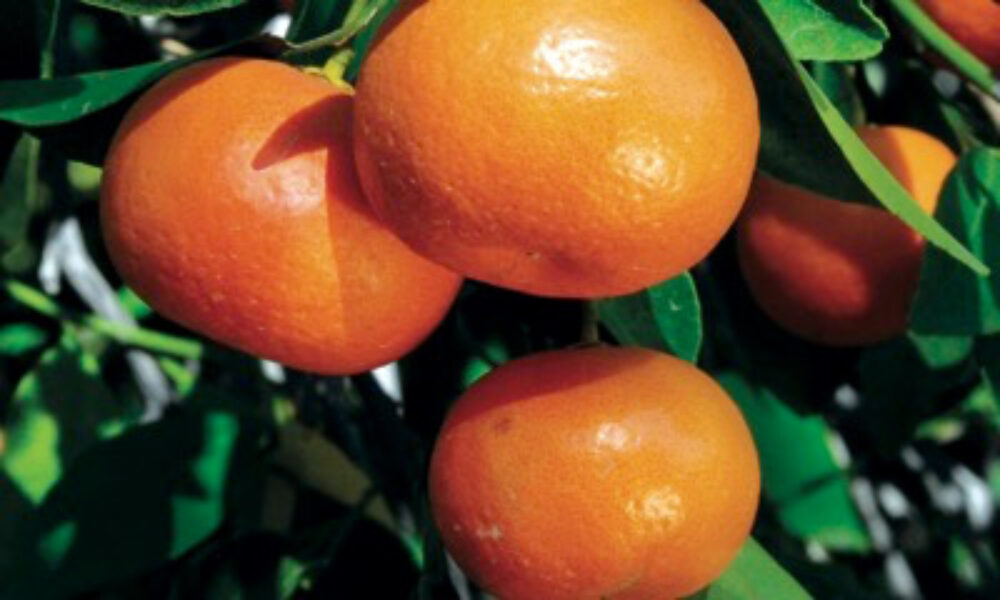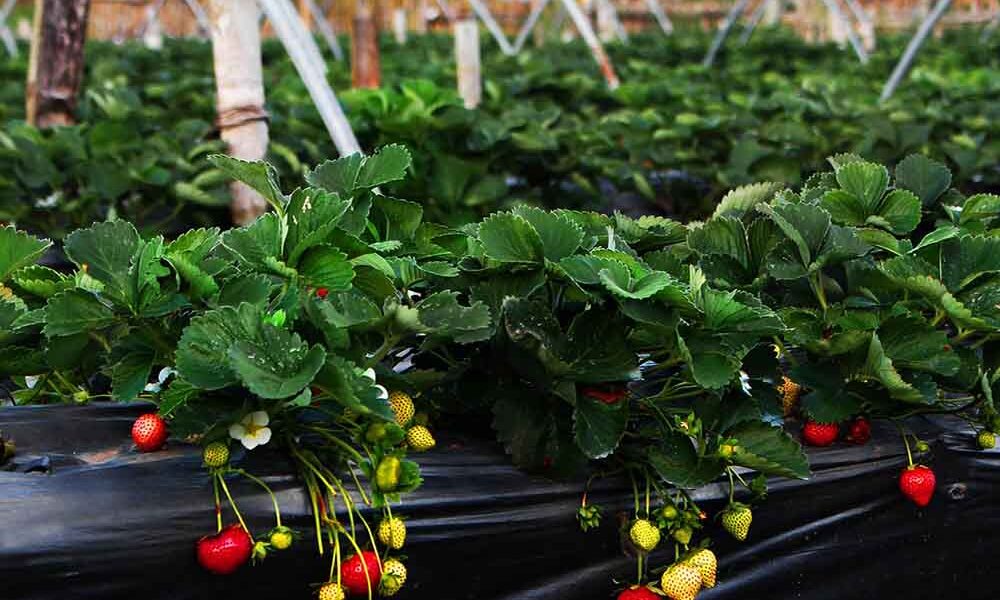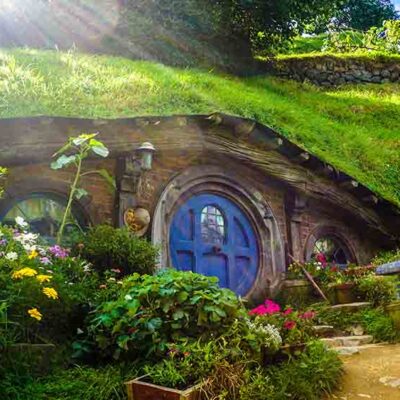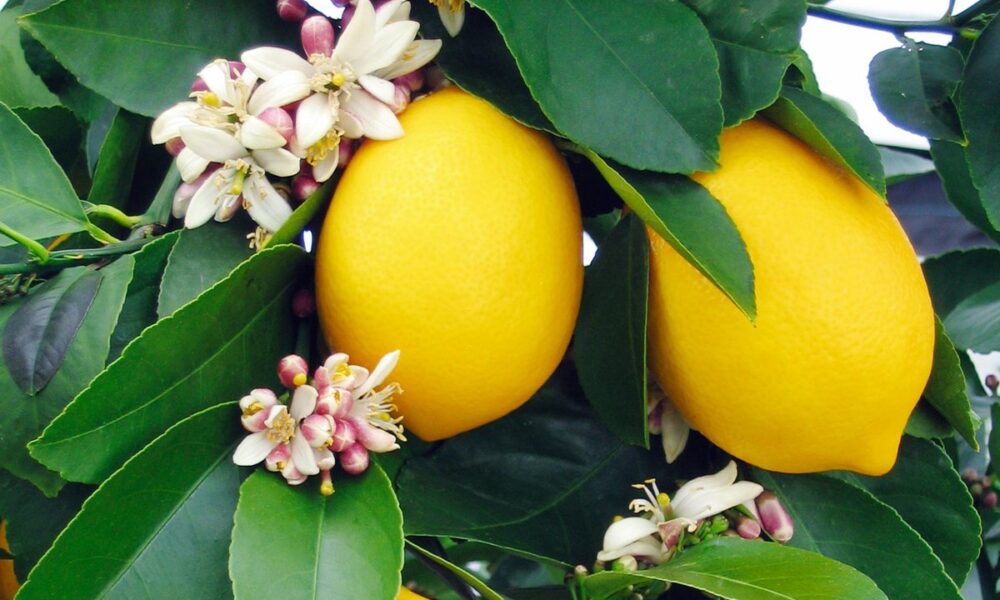
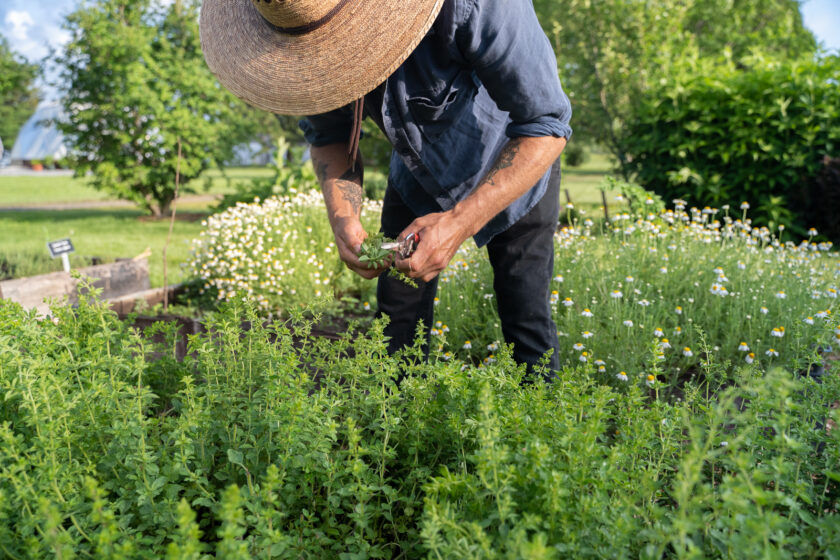
Regenerative Landscape Maintenance: A Sustainable Approach to Thriving Ecosystems
Traditional landscape maintenance often focuses on short-term aesthetics, but regenerative maintenance goes beyond that—it actively improves soil health, biodiversity, and ecosystem resilience over time. By working with nature instead of against it, regenerative landscaping nurtures thriving gardens that require less water, fewer chemicals, and minimal ongoing intervention.
What is Regenerative Landscape Maintenance?
Regenerative maintenance prioritizes soil enrichment, biodiversity, water efficiency, and long-term plant health rather than quick fixes like excessive trimming, synthetic fertilizers, or routine mowing. This approach supports healthier plants, stronger ecosystems, and a more self-sustaining landscape.
Key Principles of Regenerative Maintenance
1. Building Healthy Soil
Soil is the foundation of any landscape. By incorporating compost, organic matter, and microbial inoculants, we enhance soil fertility, improve water retention, and reduce erosion naturally.
2. Prioritizing Native & Edible Plants
Using a mix of native species and productive food plants ensures landscapes are resilient, drought-tolerant, and beneficial to pollinators while also providing food for people and wildlife.
3. Water Conservation & Irrigation Optimization
Instead of wasteful irrigation practices, regenerative maintenance focuses on deep watering, rainwater harvesting, and soil moisture retention strategies to reduce dependency on external water sources.
4. Integrated Pest & Disease Management
Rather than relying on chemical treatments, regenerative landscapes use companion planting, beneficial insects, and biological controls to maintain plant health naturally.
5. Minimal Disruption & Natural Cycling
Regenerative maintenance embraces mulching, pruning for plant health, and allowing leaves, stems, and organic debris to cycle nutrients back into the soil—reducing waste and fostering self-sufficiency.
Why Choose Regenerative Maintenance?
- Healthier, more productive landscapes with minimal artificial inputs.
- Lower maintenance costs over time as ecosystems stabilize.
- Reduced water usage and improved drought resilience.
- A thriving habitat for beneficial insects, birds, and pollinators.
Start Regenerating Your Landscape Today!
Regenerative maintenance isn’t just about keeping your yard looking great—it’s about nurturing a living, breathing ecosystem that thrives for generations. Ready to transform your landscape? Let’s build a healthier future together!
